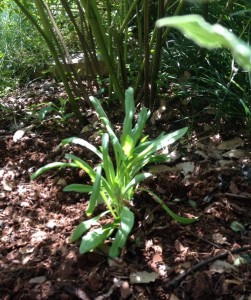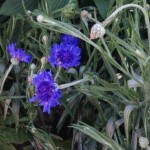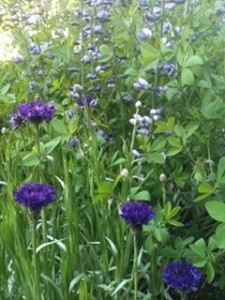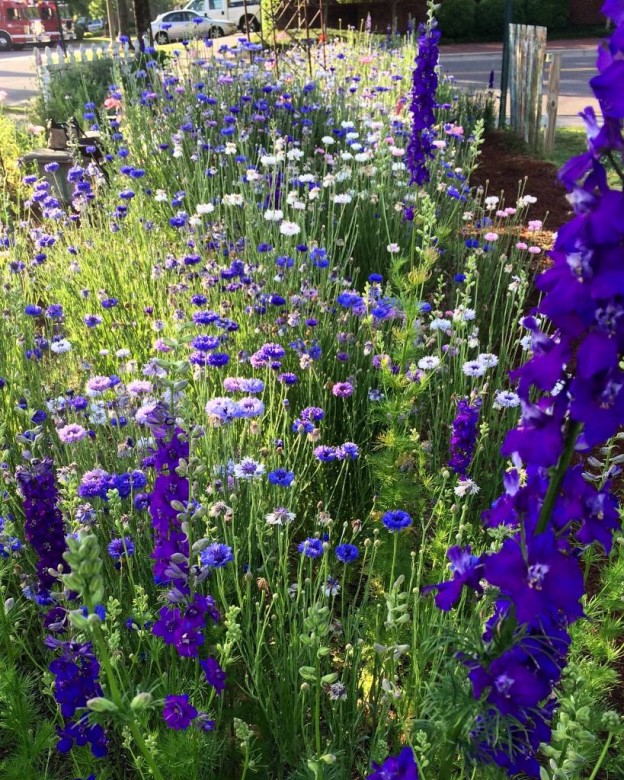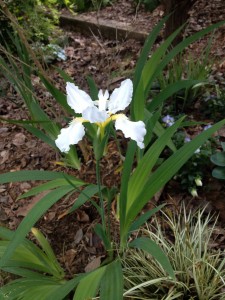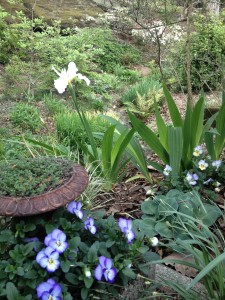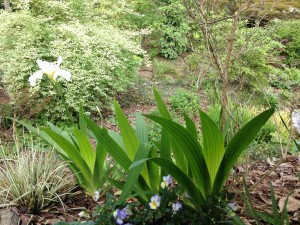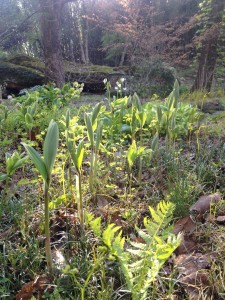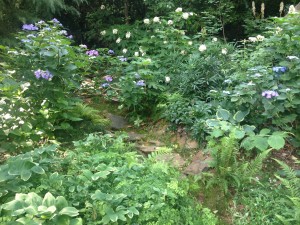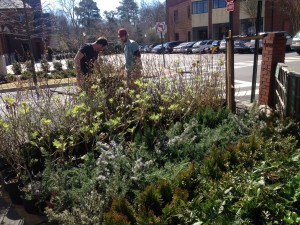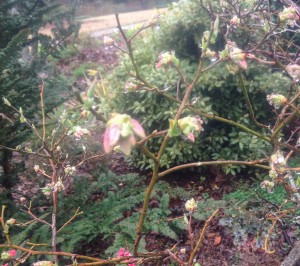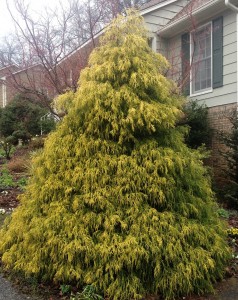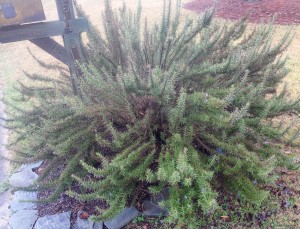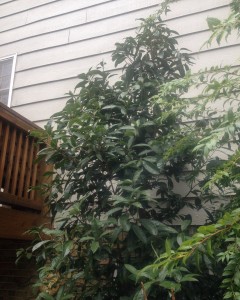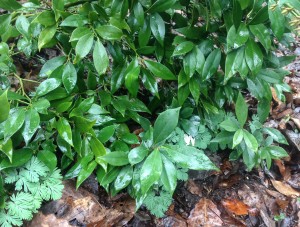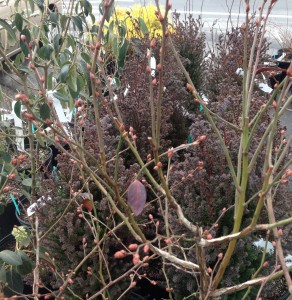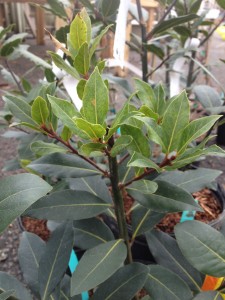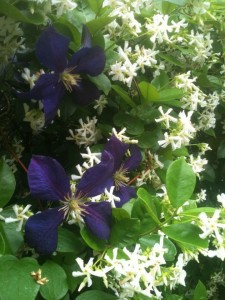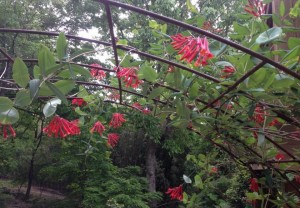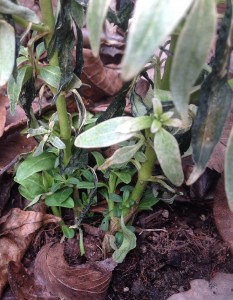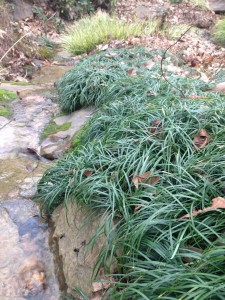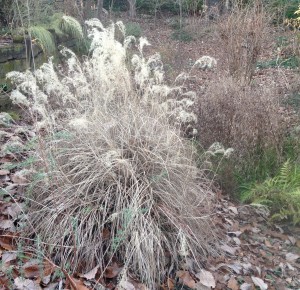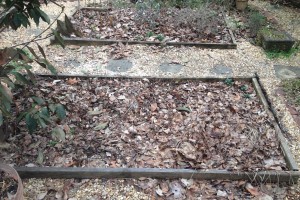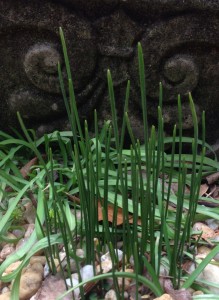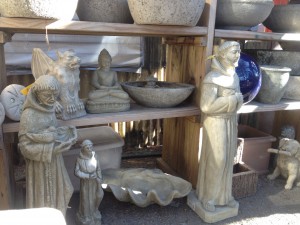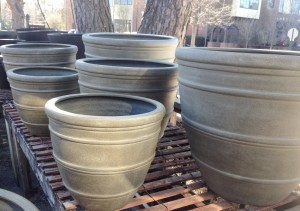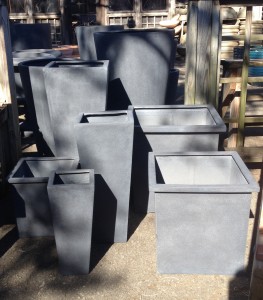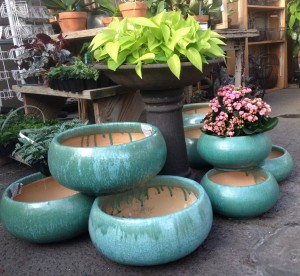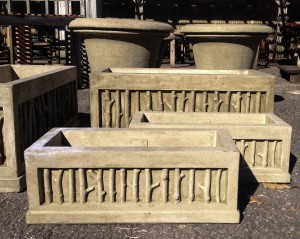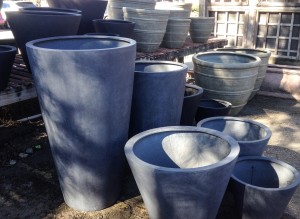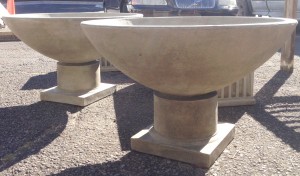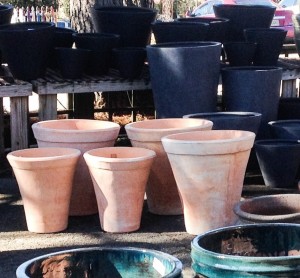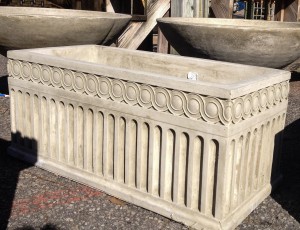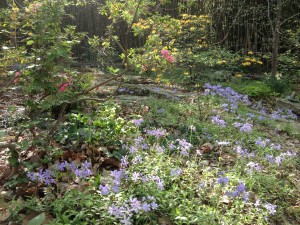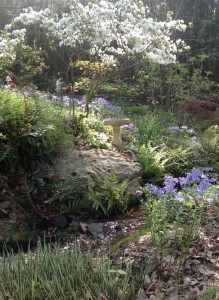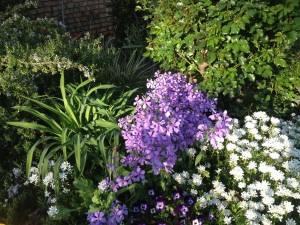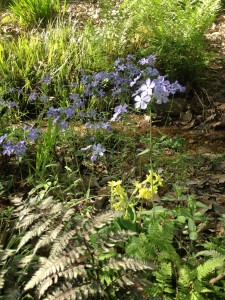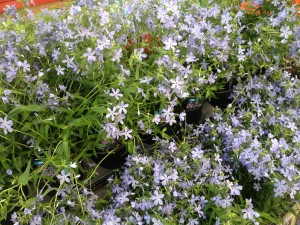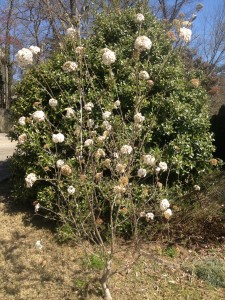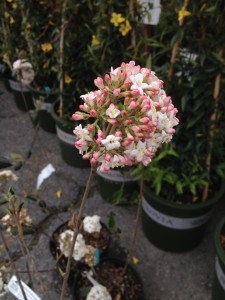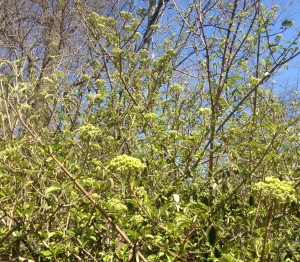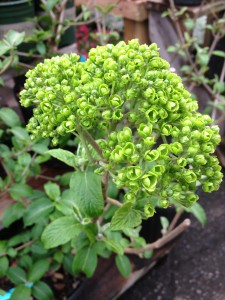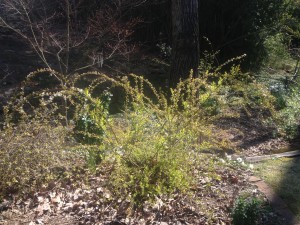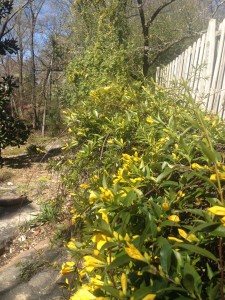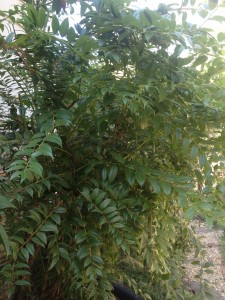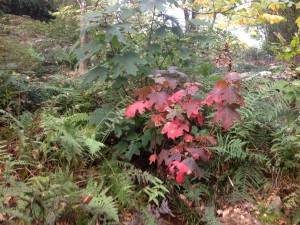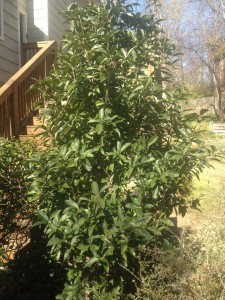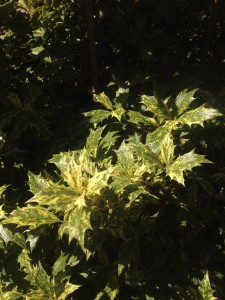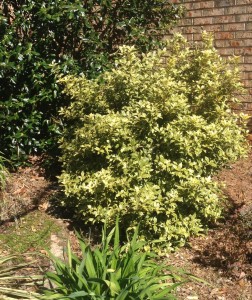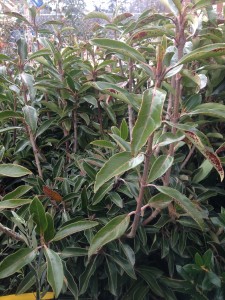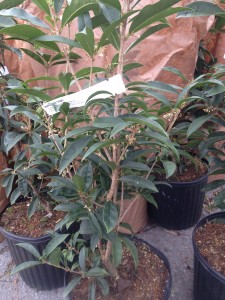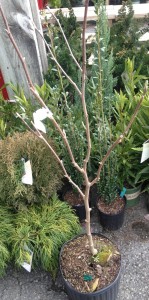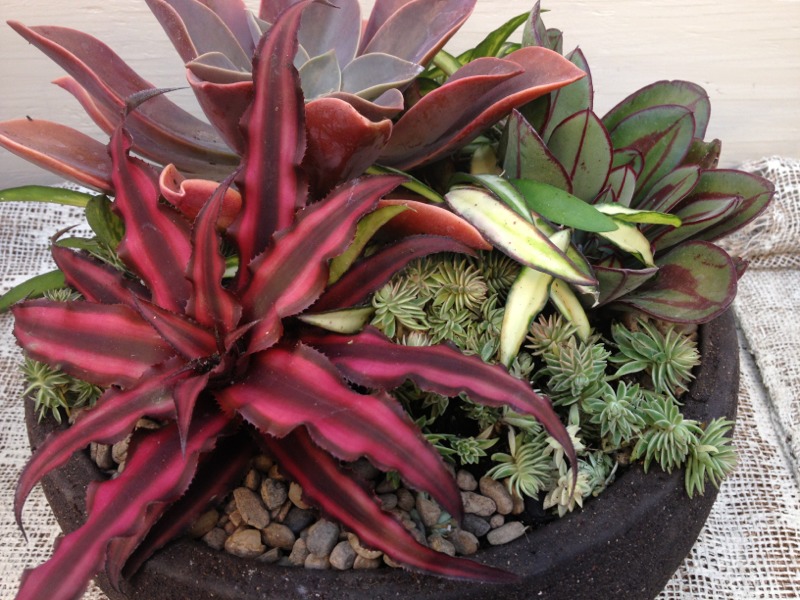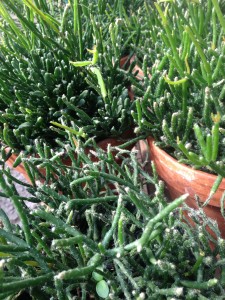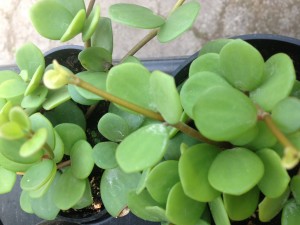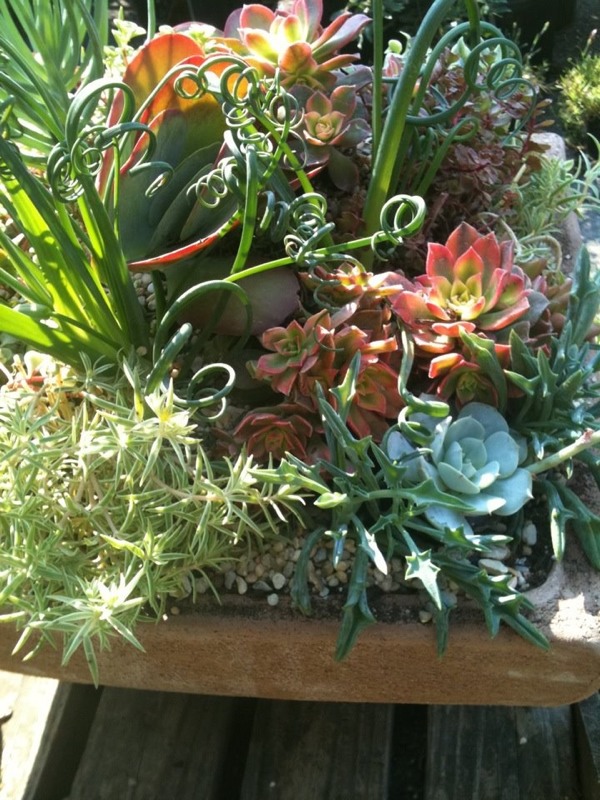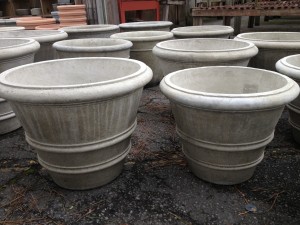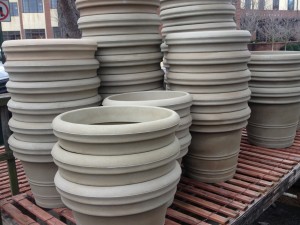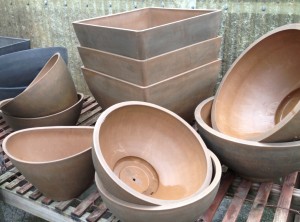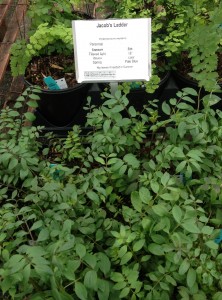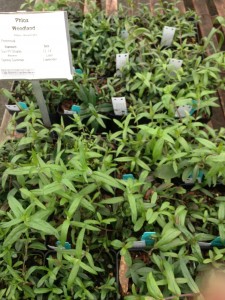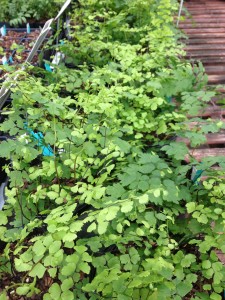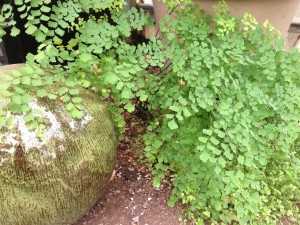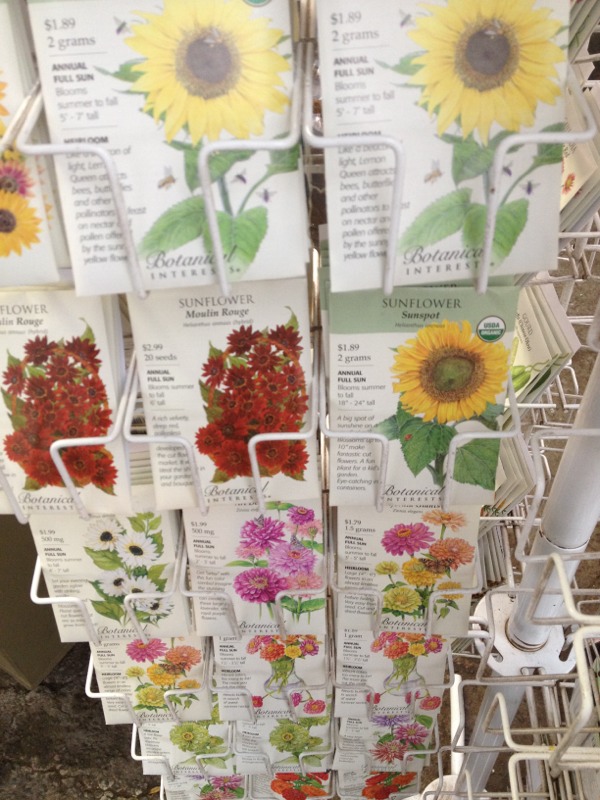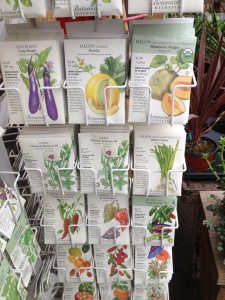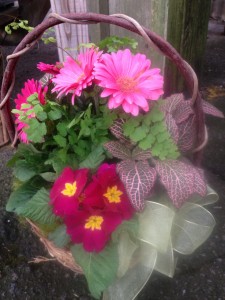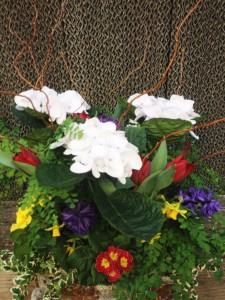This post is mostly about herbs, but we’ll mention a few annuals you can plant now too. Everyone is getting spring fever, but this is that tough time of year when it’s best to sit tight and wait out these last few weeks of winter…we know it’s hard! So, not to worry, if you just need to get out in the garden or maybe plant a few pots on one of those beautiful early spring days, here are some plants that will satisfy your cravings now.
First up, dill and cilantro. These are two herbs that you really must plant early, because once the real heat of early summer moves in, these will bolt, or flower.
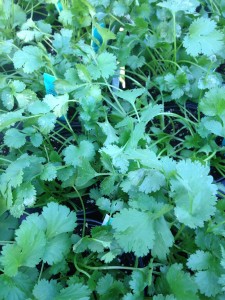
cilantro – another one that’s best in cooler weather
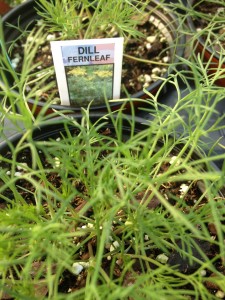
dill is grown for the leaves
and dill seed
Now, with your dill, this isn’t all bad because when the flowers are spent you end up with dill seed which is great for pickles…(Let the flowers stay on the plant til you see the seeds forming.) but the cilantro will flower, or bolt, and give it up once summer arrives. So, plant now and enjoy if you like these two!
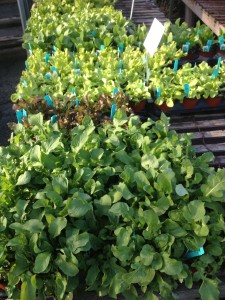
Leaf lettuce – yum!
Next up, not an herb but we’re going to put it in this post anyway, is lettuce. If you didn’t plant it this fall it’s not too late to get a late winter crop going that you can enjoy until the heat sets in.
We have some beautiful red and green leaf lettuce – it’s ready to go in the garden, grow a bit and end up in your salad bowl! If you plant it in a spot with a bit of afternoon shade it will last longer before it finally bolts in the heat. (Yes, lettuce flowers too!)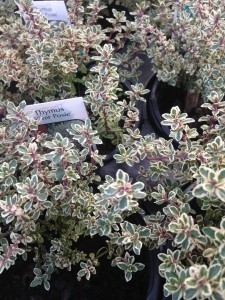
We’re just beginning to get in some thyme – there are so many varieties! Right now we have ‘Silver Posie’ and ‘Red Creeping’. We’ll have plenty of culinary thyme, lemon and silver thyme in the coming weeks too.
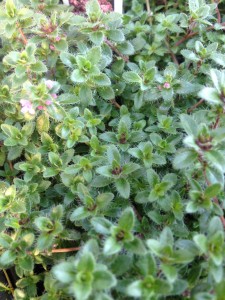
Creeping red thyme
If you don’t have at least one rosemary in your landscape, try to find a sunny spot for one this year, either in the ground or in a pot…rosemary is really a big shrub and of course it has great culinary uses as well as being ornamental – there are many varieties of rosemary – what we normally have in stock is a mix of upright and trailing. At this time we have the more upright growing varieties. Rosemary blooms in the early spring with purply/blue blossoms that compliment the gray-green foliage beautifully.
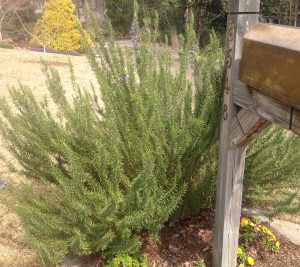
Yes, that is one rosemary!
We have mint too – ‘Kentucky Colonel’ is the prettiest and best tasting there is. Remember to keep your mint contained in a pot unless you want it to take over your garden! Mint is also happiest with a bit more moisture than other herbs and it can also take a bit of shade…you’ll be set for the Kentucky Derby and your mint julep – or maybe a mojito?
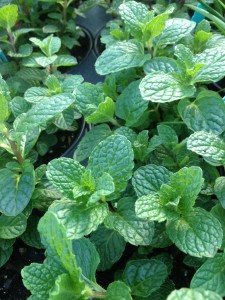
Mint ‘Kentucky
Colonel’
Parsley, both curly and flat leaf is also available – all the best cooks say flat leaf is the tastiest…but curly is very pretty in the garden and in pots, so we’ll have both and leave it up to you which one – or both! you want in your garden.
Lavender and ornamental variegated oregano round out this first list of herbs…these are really for blooms and foliage more than culinary use. Lavender can be tricky in our heat and humidity, ‘Goodwin Creek’ lavender pictured here does well if given adequate drainage.
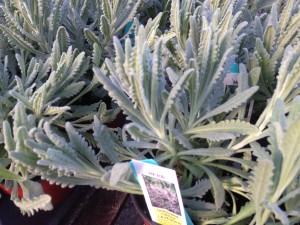
Lavender ‘Goodwin Creek’
Be sure not to crowd your plants (Yes, we know it’s difficult when things get wild and wooly in the middle of summer but try to give them a bit of room if you can…)
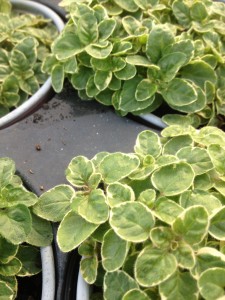
variegated oregano
The variegated oregano one the right is one we really like in pots…it adds a bit of foliage interest in herb containers and in mixed annual plantings as well. We’ll have the culinary oregano in soon also.
Nasturtiums are so much fun we had to include them in this post. Ok, technically they’re an annual but you can eat them too! They’ll add a peppery bite and some color to your salad! If you plant nasturtiums, don’t baby them too much.
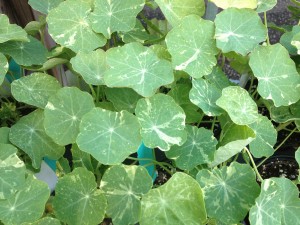
nasturtiums
Don’t fertilize them – they’ll bloom better if you don’t. Enjoy them til the heat of summer takes them out, then replant them again in late summer to bloom for you through the fall.
Whew! This is just the beginning! So, there are some things you can do now while we wait for the last of winter to get out of here…happy planting!
